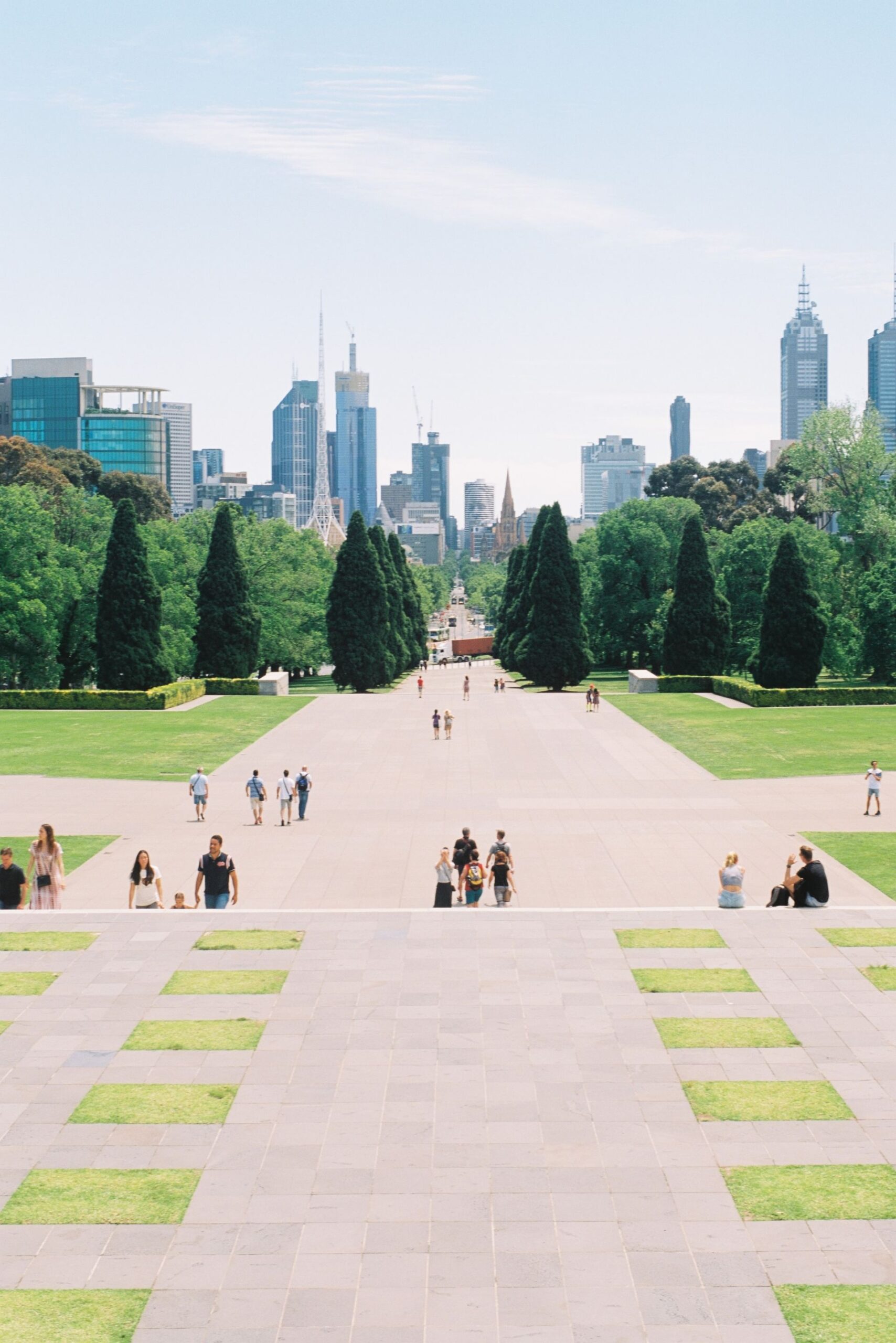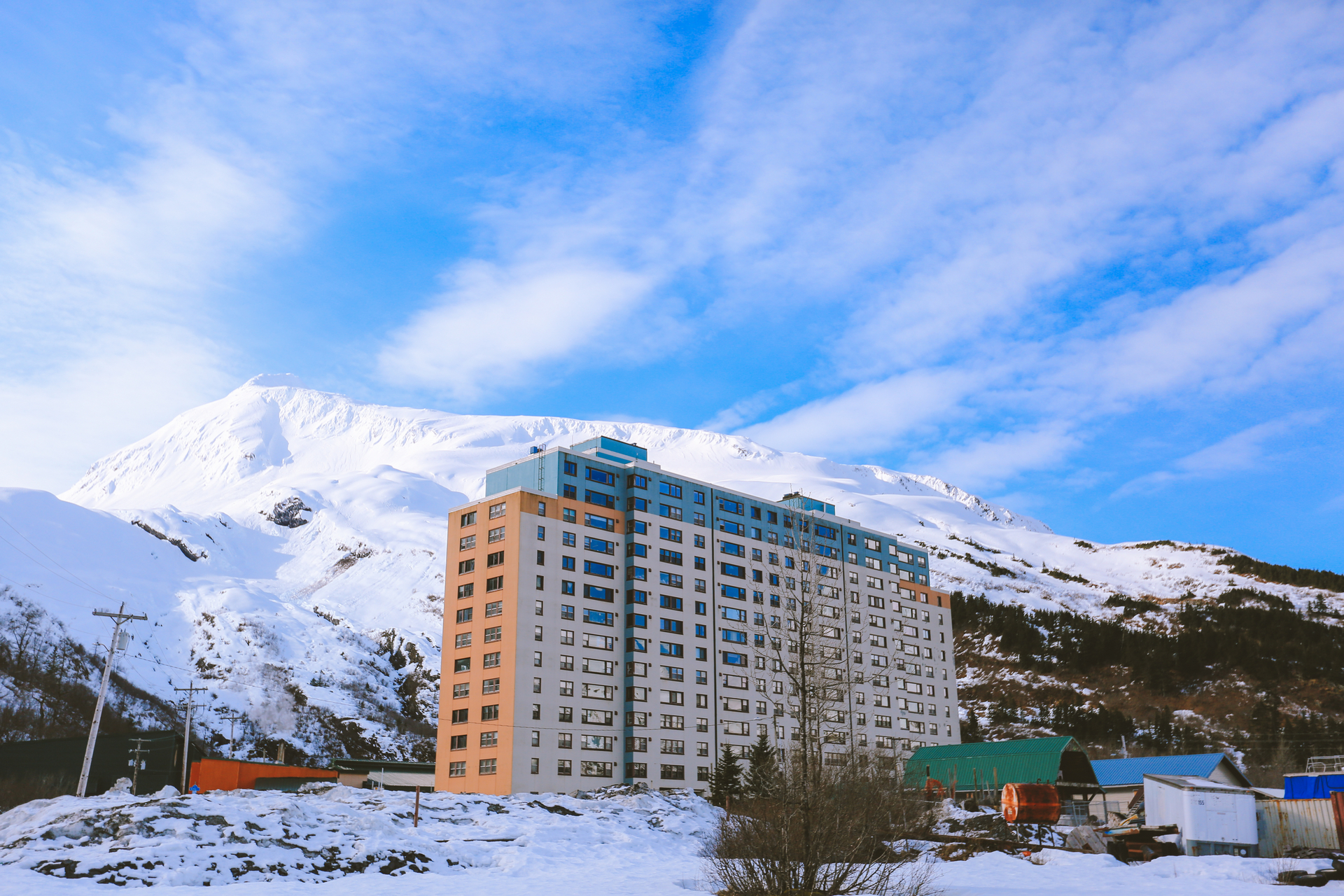Author | M. Martínez Euklidiadas
The pandemic has revealed how some cities were much better prepared than others in terms of withstanding the impacts of the multiple waves or controlling the spread of infection. This is good news, since it show us that, from an urban design point of view (how the city is physically organized) and the subsequent management thereof, there are ways of improving living conditions.
Why have some cities been better at handling COVID-19?
Urban environments have, for thousands of years, been the greatest victims of pandemics. These have spread in areas with large numbers of people, particularly in overcrowded places with poor sanitation facilities typical of past centuries. Although this situation is seldom seen in the rich cities of today, it still occurs in poor cities.
Paradoxically, the urban density factor (number of people per square meter) is a factor that has little to do with the spread of respiratory viruses when compared with other elements. For example, wearing a mask.
The non-active factor that has influenced the spread of COVID-19 the most is the socio-economic status: the lower the household income, the greater the exposure to the virus; a ratio seen at both a muncipal and national level and which has various explanations.
Poverty is related to elements such as:
- an increased number of people livig in households, since lower household economic circumstances leads to various members of a family living under the same roof;
- greater public exposure at work and while commuting, as these social classes are unable to work from home and often need to use public transportation;
- limited access to hygiene services, a situation that is particularly serious in rural areas of developing countries in which there is a lack of water or no sewerage systems;
- and fewer non-hospital public health elements (healthcare centers) to use
Many of these issues fall within the responsibilities of urban design, which in a way determines the price of land, the labor model, access to hygiene in nearby areas.

What does a city need to be prepared for a pandemic?
The pandemic has been an agent of change for urban transformation, although, once again, at different levels. Higher income families, for example, have been able to travel to second homes or relocate to suburban areas using private vehicles, minimizing potential routes of transmission by working from home. This has not been the case for most people.
However, experts indicate that this may not be considered a solution, and not just because many people do not have access to it. Relocating increases the distance to the health center and increases its cost per resident. The first point prevents many residents from getting there, and the second reduces healthcare coverage, which in turn prevents many others from accessing it.
Increasing distances between people, not houses
What has worked is the transformation of urban mobility. In cities around the world including Paris, New York, Madrid or Peking, experiments have been conducted such as pedestrianizing roads, increasing the space between people in streets despite high population density.

Work near home, or even at home
This distance also increases when people are allowed to telework from home, a measure that benefits even those who are not able to do so, by alleviating public transport systems. However, to achieve this, architectural and urban planning models are required that increase the usable area of apartments and policies that reduce the price of these.
Walkable cities
Once again related to mobility (the transmission of the virus is directly related to it), cities around the world are accelerating their plans for walkable cities where citizens can get to work, schools or shops on foot.
COVID-19 has been an agent of change for 15-minute cities or cities in which services are located 1 km from home. The pandemic has accelerated the progress of urban innovation in terms of traffic calming. For example, by adding bike lanes, which was not planned until a few years down the road.
Health centers that can be reached on foot
Having non-hospital healthcare services close to home is another key aspect in preventing pandemics from overwhelming essential services. Once again, this requires reducing the space granted to road traffic in favor of pedestrian mobility which, very often, is impossible in suburban areas that do not even have sidewalks.
In relation to pandemics, a WHO press release stated that "the time has come to return urban streets to people". Using an article by the University of California, in Bloomberg they emphasize the need to remove rows of cars parked in streets to make way for people and, perhaps have more land for housing without doing away with green areas.
Real examples of good urban design models for pandemics

Many of the points above are related to urban development but others may be improved and optimized by effiicent municipal management. According to a report by the CIDOB (Barcelona Centre for International Affairs), twelve of the best cities in terms of managing COVID-19 during the first wave were Milan, Barcelona, Berlin, London, Vienna, Zurich, San Francisco, Chicago, Buenos Aires, Cape Town, Melbourne and Hong Kong.
The enormous urban design differences in all theses areas is striking. From the compact and snug Hong Kong to the extensive and suburban Melbourne, the key would appear to be efficient management. Even extremely high density, informal and low-income places such as the case of District 31 (Buenos Aires) have found a way to adapt their management to urban development.
With the exception of the accelerated pedestrianization of streets, which requires a little more than paint, but is not a panacea either, urban design requires time. Decades and even generations. This is a constant discussion among thousands of spokespersons, desires and conflicts, and it takes time to transform cities and make them what they are today.
The pandemic has shown us a great deal regarding what works and what does not. It has marked the way to accessible green areas, open and bright houses with terraces, near to basic health centers or teleworking. A direction which, it just so happens (this was not the case during the last pandemic of 1918), was already underway in previous years, but has now speeded up.
Images | Wolf Zimmermann, Possessed Photography, Ljubomir Žarković, Benjamin Rascoe






















































